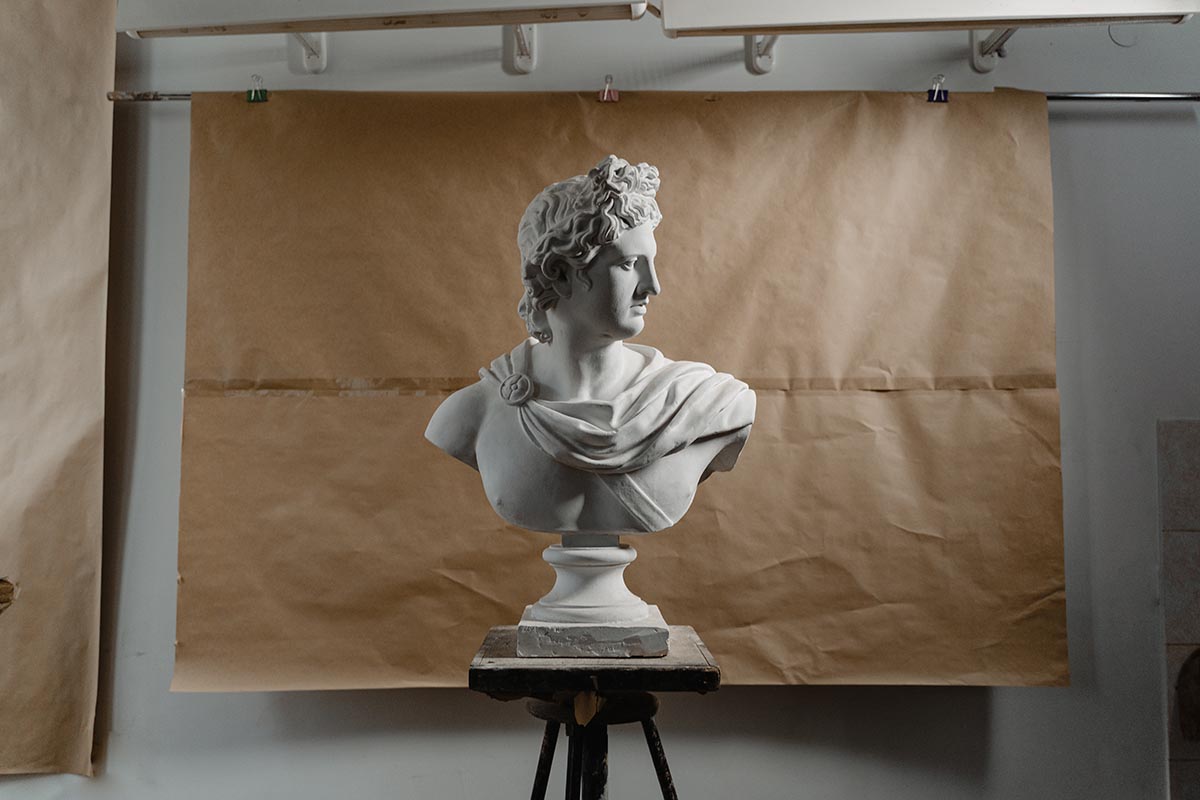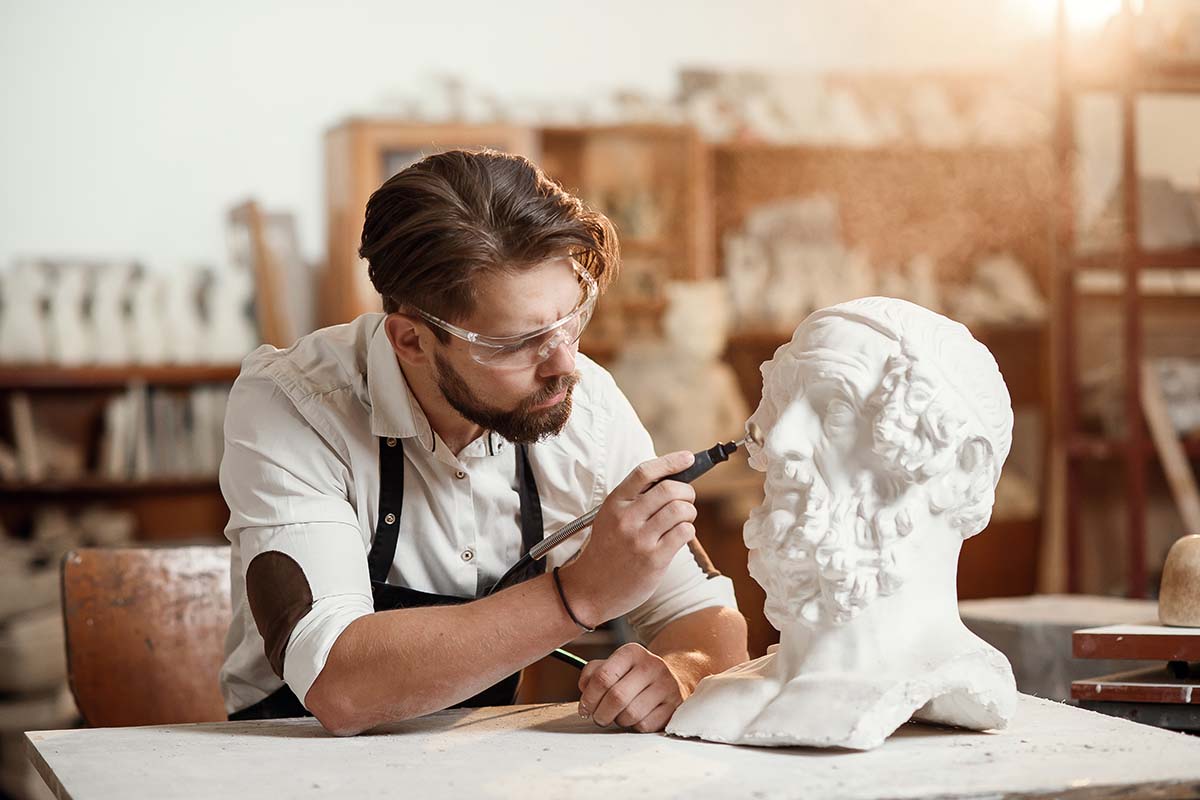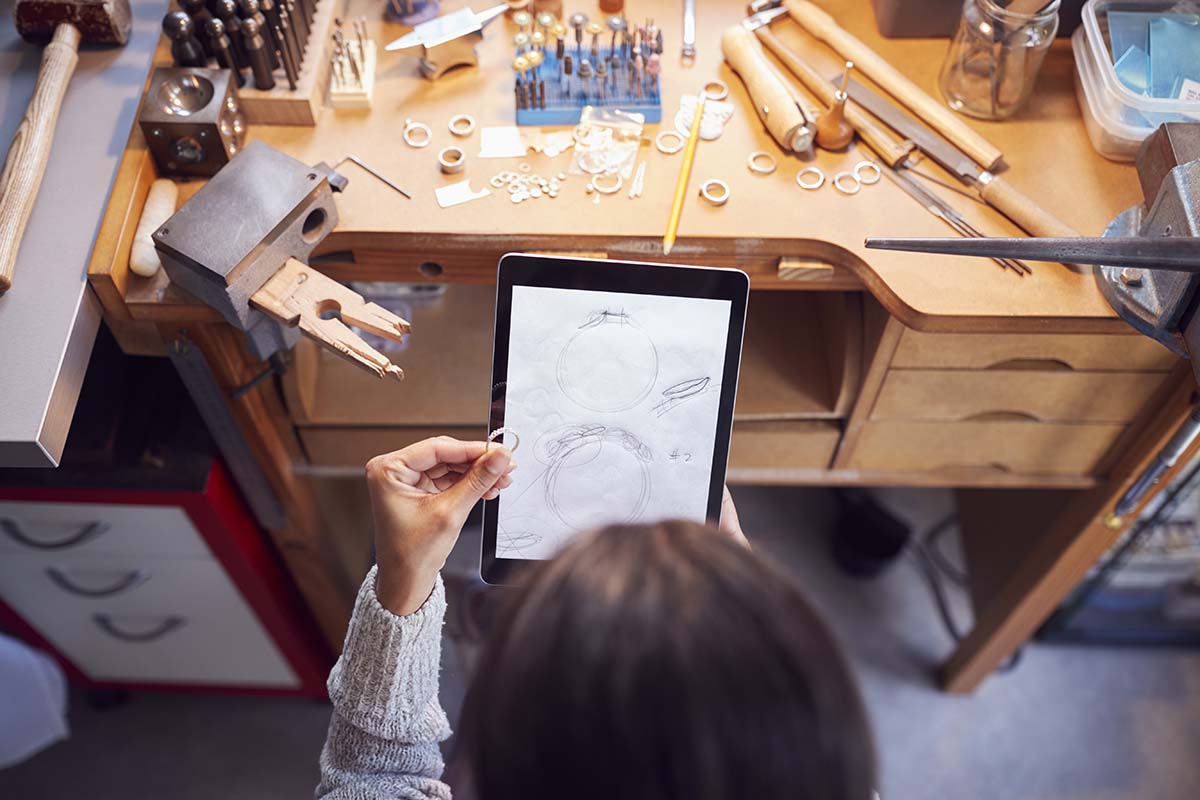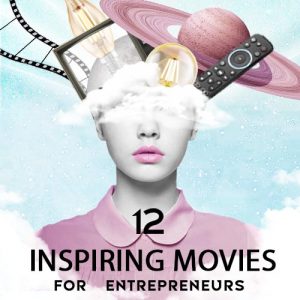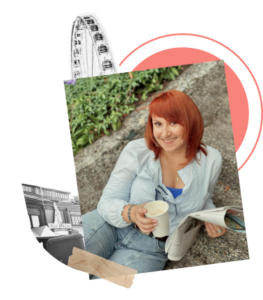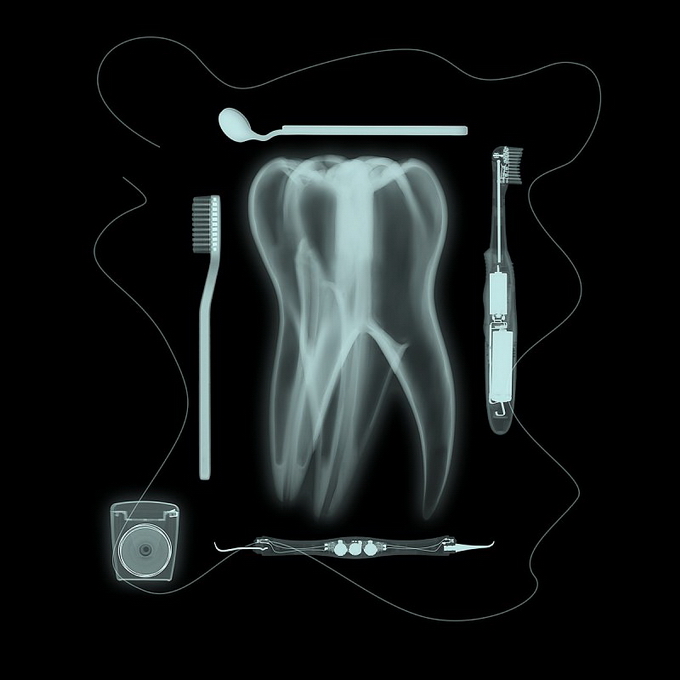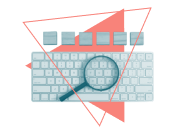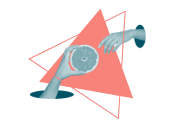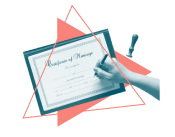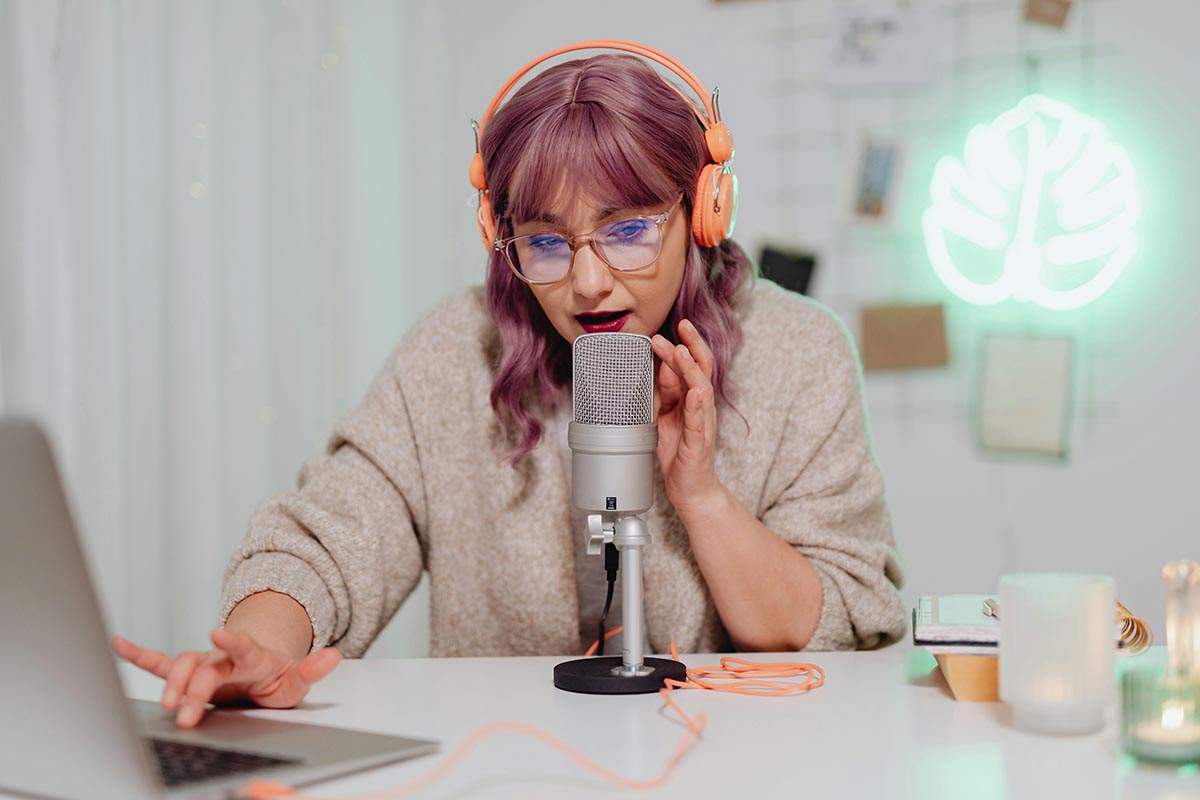How to Become a Professional Sculptor in Today’s World
Key Points
- Think beyond traditional materials – Experiment with light, sound, and digital tools.
- Sculpture remains a valuable profession – From historical monuments to modern installations, its impact is undeniable.
- Training is essential – Learning techniques while embracing new ideas ensures longevity in the field.
The Dream vs. The Reality: Challenges & Aspirations
In a world where visual storytelling dominates, sculptors face a unique challenge—how to stand out, get noticed, and turn their passion into a career.
Whether you dream of seeing your work in galleries, getting commissions, or making a name in the digital art space, the biggest hurdle isn’t just mastering the craft—it’s gaining visibility, securing opportunities, and building a sustainable career.
Many aspiring sculptors struggle with:
- Finding an audience in a fast-paced digital age.
- Making a living from their art while avoiding financial instability.
- Balancing creativity and business, especially when marketing and networking aren’t their strong suits.
- Competing in a world saturated with digital art, where traditional sculpting may seem overlooked.
But here’s the good news—sculptors today have more ways than ever to get discovered, sell their work, and establish themselves as professionals.
The key is combining artistic skill with modern strategies. Let’s explore what it takes to become a sculptor in today’s art landscape.
Education & Skill Development
Traditionally, a sculptor needed at least a high school diploma, with additional vocational or university training recommended.
But in today’s world, formal education is no longer the only pathway to success.
While a degree in fine arts or sculpture helps refine technique and build connections, many successful sculptors are self-taught, leveraging online courses and workshops instead.
What Matters More Today?
- Hands-on practice & unique style development – Having a distinct artistic voice is crucial.
- Building a strong portfolio – Both physical and digital (Instagram, TikTok, Pinterest, and portfolio websites).
- Learning digital sculpting tools – Software like Blender or ZBrush helps sculptors reach new audiences in gaming, NFTs, and 3D printing.
Trend Tip: Many sculptors are expanding into 3D printing, NFT sculptures, and interactive installations to keep up with the evolving art world.
Build a Portfolio and Sell Yourself
Breaking into the art world isn’t just about talent—it’s about how you present yourself. Many sculptors struggle with:
- Getting noticed in a competitive industry.
- Structuring their experience to make a lasting impression on galleries and clients.
- Building confidence in their skills and achievements.
If you want to attract opportunities, you must present your work professionally and strategically—this is where resume templates come in.
Showcasing Your Work: More Than Just Talent
A stunning portfolio is essential, but it’s not enough to just create great sculptures—you need to prove you can deliver work that meets client demands.
Whether you’re looking for commissions, gallery representation, or freelance projects, structuring your experience properly makes all the difference.
✅ Curate your portfolio wisely – Include only your best, most relevant work.
✅ Highlight versatility – Show your ability to work with different materials, styles, and techniques.
✅ Tell a story – Share the process behind your sculptures to make your work more engaging.
✔ Trend Tip: Many successful sculptors now create video portfolios with time-lapse footage, artist statements, and behind-the-scenes content to stand out.
Using Resume Templates to Structure Your Experience
Whether applying for grants, gallery exhibitions, or commissioned projects, resume templates help you structure your achievements clearly and professionally.
✔ Keep it clean & organized – Use a format that flows logically.
✔ Include key details – Materials you specialize in, exhibitions, commissions, and collaborations.
✔ Showcase your work visually – Embed images or links to your portfolio.
Using a resume template not only makes your application look polished but also increases your chances of landing opportunities by making your skills easy to understand at a glance.
✔ Trend Tip: Artists now use LinkedIn & personal websites with downloadable resume templates to attract professional opportunities.
The Basics: Building a Strong Foundation as a Sculptor
To become a sculptor, having a high school diploma is a starting point, but the real key is a genuine passion for art and strong artistic skills.
While natural talent is important, formal training significantly enhances technique, creativity, and career opportunities.
Aspiring sculptors are encouraged to seek structured education in fine arts through technical colleges, vocational schools, or specialized workshops.
These programs help artists refine their craft, gain hands-on experience with various materials, and build a professional portfolio.
For those with access to higher education, pursuing a degree in fine arts with a concentration in sculpture can be a game-changer.
Fine arts students study:
✅ Art history – Understanding artistic movements and influences.
✅ Stone carving & ceramics – Mastering traditional sculpting techniques.
✅ Casting & modeling – Learning how to work with different mediums.
✅ 3D design & digital sculpting – A growing field with applications in animation, gaming, and 3D printing.
✔ Trend Insight: Many sculptors now combine traditional methods with digital tools like ZBrush and Blender, allowing them to explore new artistic directions and reach global audiences.
While education provides valuable knowledge, the most important factor remains continuous practice, experimentation, and developing a unique artistic voice.
Whether through formal training or self-taught exploration, honing your craft and staying adaptable to industry changes is key to success.
Internship
Another way for those who want to become a sculptor is through the internship.
This implies working for an artisan company alongside an experienced artisan. It is an opportunity to see a master craftsman in action and collect some suggestions.
Usually, a sculptor like an artist David Kracov will create a portfolio of works on display several pieces that have been completed.
Sculptors begin their careers by creating relatively simple works before increasing the difficulty level. However, an experienced sculptor will have more complex pieces as part of his portfolio.
Of course, the more detailed the pieces are seen in the portfolio, the more likely the candidate is to be accepted.
Most potential sculptors look for ways to improve their skills through seminars further.
Anyone who wants to become a sculptor must have the ability to create three-dimensional objects using a variety of materials such as paper, metal, fabric, and clay.
More advanced sculptors can experiment with materials such as ice, stone, and wood.
A sculptor must also have the ability to model, weld and cast to create the widest variety of pieces.
How to Become a Professional Sculptor: Innovation & New Ideas
In today’s evolving art world, sculptors must continuously innovate to stand out and keep up with industry trends.
Simply mastering traditional techniques is no longer enough—artists who push boundaries by incorporating new materials, textures, and technology gain more visibility and opportunities.
One way to modernize sculpture is by integrating:
- Paint & mixed media – Combining sculpture with painting or unconventional materials.
- Light & sound elements – Interactive sculptures that react to movement or change in light.
- Digital & 3D sculpting – Using software like ZBrush, Blender, or AI tools to design and print sculptures.
✔ Trend Insight: Many contemporary sculptors are experimenting with sustainable materials and eco-friendly installations, making their work not just artistic but socially relevant.
Sculpture: A Timeless Art Form with Modern Potential
Sculpting is one of the oldest art forms, yet it remains undervalued by those who don’t see its limitless potential.
From public monuments in world-famous cities to private collectors investing in contemporary pieces, sculpture continues to shape culture, tourism, and personal expression.
However, to fully unlock its potential, proper training and skill development are essential.
Whether through formal fine arts education, self-teaching, or mentorships, the key to success is learning the craft while staying adaptable to modern artistic shifts.
In an ever-changing art landscape, sculptors who blend tradition with innovation will be the ones who leave a lasting impact. What new idea will you explore next?
